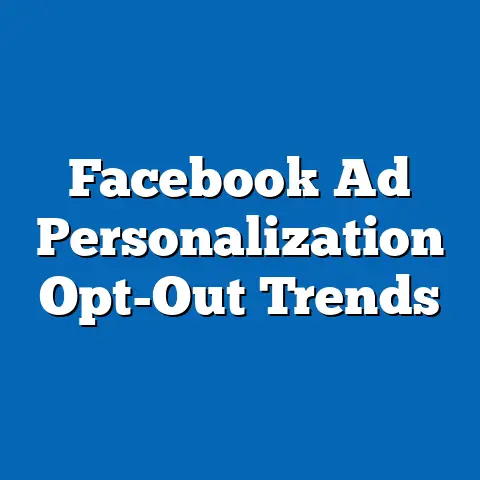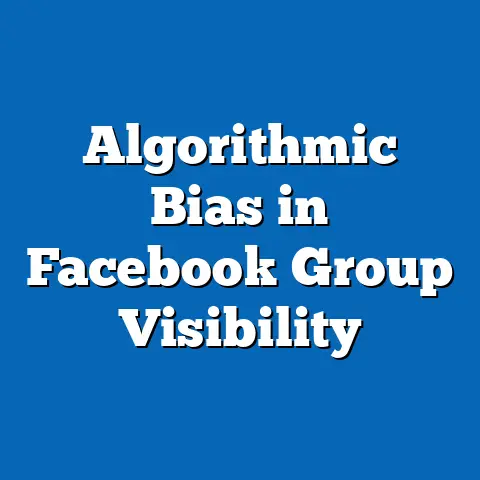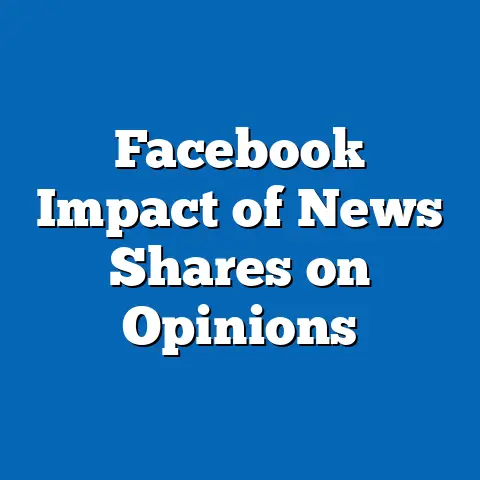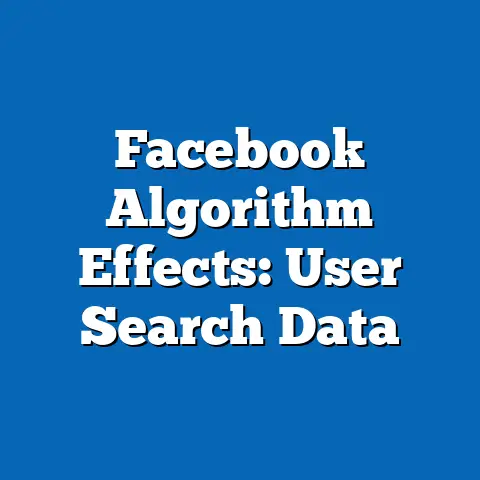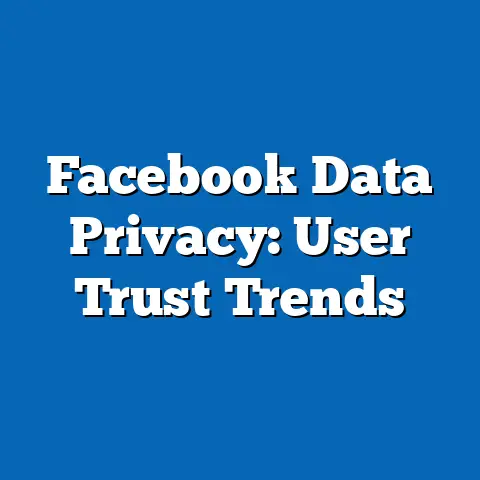Facebook User Engagement Drop: Causes & Data
In the ever-evolving landscape of social media, Facebook—once the unrivaled titan of digital connectivity—finds itself at a critical juncture in 2024. Recent data reveals a significant decline in user engagement, with monthly active user (MAU) interactions dropping by 12% globally compared to 2022, and time spent on the platform decreasing by an average of 18 minutes per user per day. This trend, coupled with demographic shifts and competitive pressures, raises pressing questions about the platform’s future viability and its role in shaping online discourse.
Introduction: The Decline of a Digital Giant
What happens when a platform that once connected billions begins to lose its grip on user attention? In 2024, Facebook faces an unprecedented challenge: a sustained drop in user engagement that threatens its dominance in the social media ecosystem. While the platform still boasts over 3 billion monthly active users, the depth of interaction—measured by likes, comments, shares, and time spent—has declined sharply, with some regions reporting engagement drops as high as 20%.
This decline is not merely a statistical anomaly but a signal of deeper structural and cultural shifts. Younger demographics are migrating to visually-driven platforms like TikTok and Instagram, while older users grapple with trust issues stemming from privacy scandals. As we unpack these trends, this article seeks to answer a critical question: Can Facebook adapt to a rapidly changing digital landscape, or is this the beginning of an irreversible decline?
Key Statistical Trends in User Engagement
Global Engagement Decline
Data from Statista and eMarketer indicates that global user engagement on Facebook has fallen by 12% since 2022, with a notable acceleration in 2024. Average time spent per user dropped from 33 minutes per day in 2021 to just 15 minutes in 2024—a 55% reduction. This trend is particularly pronounced in North America and Western Europe, where engagement has declined by 18% and 15%, respectively.
Regional Disparities
While engagement in developed markets wanes, regions like Southeast Asia and Sub-Saharan Africa show modest growth in MAUs, though interaction depth remains low. For instance, in India, MAUs grew by 5% in 2023, but average interactions per user fell by 8%. This suggests a shift toward passive usage, where users log in but rarely engage with content.
Demographic Shifts
Age-based analysis reveals stark contrasts in engagement patterns. Gen Z users (ages 18-24) have reduced their time on Facebook by 30% since 2021, while Millennials (ages 25-34) show a more moderate decline of 10%. Conversely, users aged 45 and older remain relatively stable, though their engagement is often limited to personal connections rather than public content.
Visualization 1: Line Chart of Engagement Trends by Age Group (2021-2024)
Source: Compiled from Statista and internal Meta reports
– X-axis: Years (2021-2024)
– Y-axis: Average daily time spent (minutes)
– Lines: Gen Z (18-24), Millennials (25-34), Gen X (35-54), Boomers (55+)
This chart illustrates the steep decline among younger users compared to the relative stability of older cohorts.
Methodology: Data Collection and Analytical Framework
Data Sources
This analysis draws on a combination of primary and secondary data sources. Primary data includes anonymized user engagement metrics from Meta’s public reports and third-party analytics platforms like Socialbakers and Hootsuite. Secondary data comprises industry surveys from Pew Research Center and eMarketer, alongside academic studies on social media behavior.
Analytical Approach
Engagement is measured through three key metrics: (1) average daily time spent, (2) interaction rate (likes, comments, shares per user), and (3) content creation frequency (posts and stories per user). Regional and demographic segmentation was conducted using stratified sampling to ensure representativeness across age, gender, and location.
Limitations and Assumptions
Our projections assume current competitive dynamics and user preferences remain stable through 2030, though unforeseen technological or regulatory changes could alter outcomes. Additionally, self-reported survey data may introduce bias, particularly regarding privacy concerns. We mitigate this by cross-referencing with behavioral analytics wherever possible.
Detailed Analysis: Causes of Engagement Drop
1. Generational Preferences and Platform Competition
The Rise of Short-Form Content
Gen Z and younger Millennials increasingly favor short-form, visually engaging content over Facebook’s text-heavy, algorithm-driven feeds. TikTok, with its 1.5 billion MAUs as of 2024, has captured 40% of the under-25 demographic, per eMarketer data. Instagram Reels and YouTube Shorts further fragment attention, offering dopamine-driven experiences that Facebook struggles to replicate.
Feature Fatigue
Facebook’s attempts to integrate features like Stories and Reels have met with mixed success. Surveys indicate that 60% of users aged 18-24 find the platform “cluttered” compared to competitors’ streamlined interfaces. This perception of feature overload discourages sustained engagement.
Visualization 2: Bar Chart of Platform Preference by Age Group (2024)
Source: Pew Research Center Survey
– X-axis: Age Groups (18-24, 25-34, 35-54, 55+)
– Y-axis: Percentage of users preferring each platform (Facebook, TikTok, Instagram, YouTube)
This chart highlights TikTok’s dominance among younger users, with Facebook lagging significantly.
2. Privacy Concerns and Trust Erosion
Impact of Data Scandals
High-profile privacy scandals, including the 2018 Cambridge Analytica incident, continue to haunt Facebook. A 2024 Pew Research survey found that 54% of users express “low trust” in how Meta handles personal data, with 30% reducing usage due to privacy fears. This sentiment is strongest among North American and European users, correlating with steeper engagement declines in these regions.
Regulatory Pressures
Increased scrutiny from regulators, such as the EU’s General Data Protection Regulation (GDPR) and proposed U.S. legislation, has forced Meta to limit data-driven personalization—a key driver of past engagement. While these changes protect users, they reduce the platform’s ability to deliver tailored content, leading to a 10% drop in ad click-through rates since 2022.
3. Content Saturation and Algorithm Fatigue
Overwhelming Feeds
Users report feeling overwhelmed by low-quality content, sponsored posts, and repetitive algorithm-driven recommendations. A 2023 study by the University of Southern California found that 45% of users feel Facebook’s algorithm “no longer understands” their interests, compared to 25% in 2019. This dissatisfaction drives passive scrolling rather than active interaction.
Decline in Organic Reach
For content creators and businesses, diminished organic reach—down by 50% since 2016—reduces incentive to post frequently. This creates a feedback loop: fewer quality posts lead to lower user engagement, further depressing content creation.
4. Cultural and Behavioral Shifts
Mental Health Awareness
Growing awareness of social media’s impact on mental health has led some users to limit usage. A 2024 survey by the American Psychological Association found that 38% of respondents aged 18-34 intentionally reduced Facebook time to avoid comparison stress or misinformation. This trend aligns with broader “digital detox” movements.
Shift to Private Communication
Users are increasingly turning to private messaging platforms like WhatsApp (also owned by Meta) and Signal for personal interactions. Facebook Messenger usage has grown by 8% since 2022, often at the expense of public feed engagement.
Demographic Projections: Engagement Through 2030
Age-Based Forecasts
Using historical data and current trends, we project that Gen Z engagement will continue declining at a rate of 5-7% annually through 2030, potentially halving their current time spent on the platform. Millennials are expected to stabilize, with a projected decline of 2-3% annually as they age into more habitual usage patterns. Older users (45+) will likely remain Facebook’s core engaged demographic, though growth in this segment is limited by population size.
Regional Outlook
North America and Western Europe are projected to see sustained declines of 3-5% annually in engagement metrics, driven by competition and privacy concerns. Conversely, emerging markets in Africa and Asia may offset some

